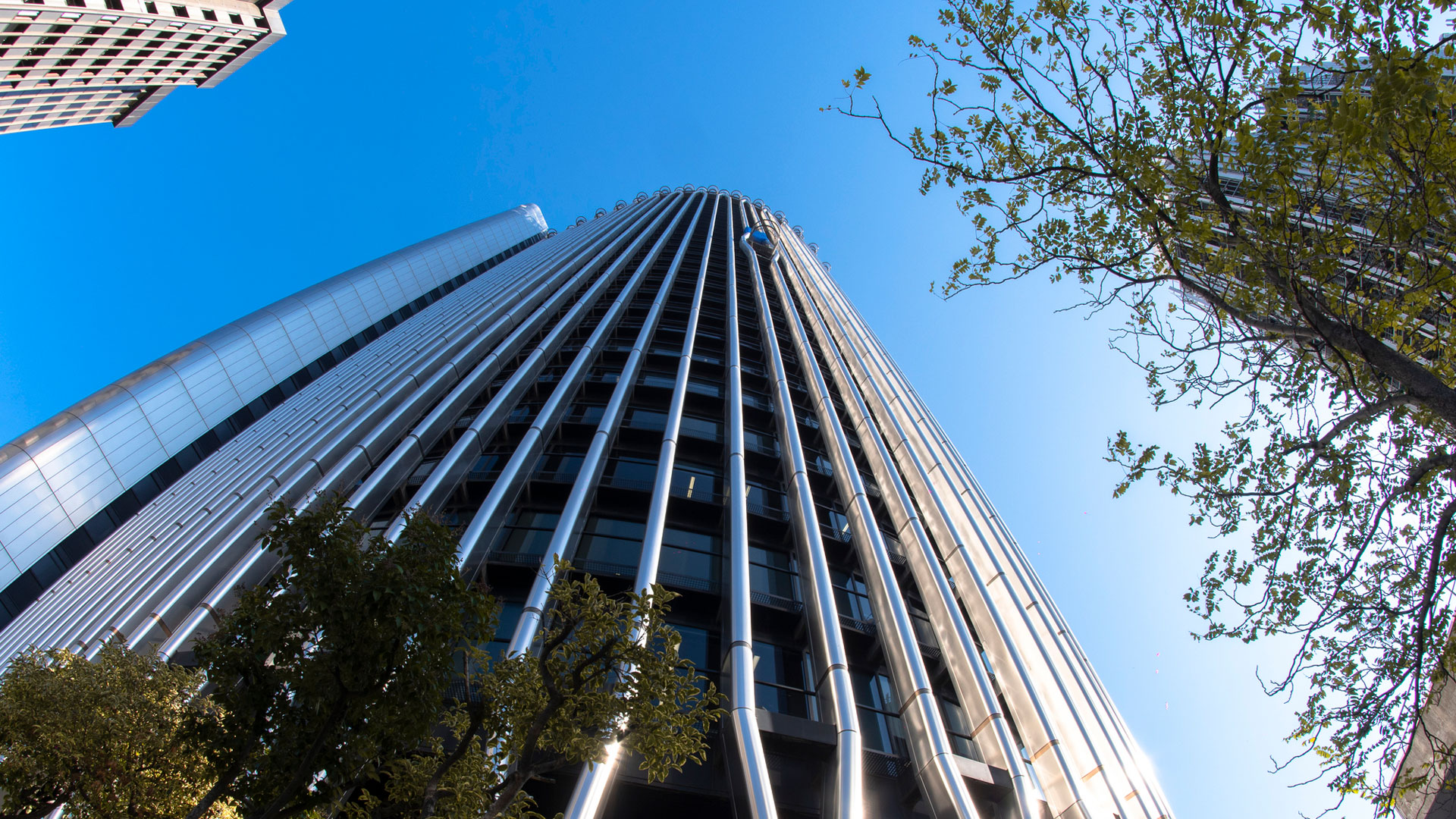30.08.2016 | Limmern pumped storage plant: First reservoir filling on the Muttenalp
The dam holds what it promises!
Over two years ago, the last concrete block was put in place on the dam on the Muttenalp. At 2474 metres above sea level, the dam is a work of precision, both in terms of functionality and its aesthetic location in the Glarner Alps. Over the last 60 days, an elaborate, prescribed initial filling programme was carried out in order to determine whether the dam holds what it promises when the reservoir is filled to capacity. And it does!
Filling programme test results fulfil expectations on all points. What we’re looking at is 250,000 m3 of concrete – the quantity used to construct the record-breaking dam – that must contain 23 million m3 of water, the enormous capacity of the gravity dam on the Muttenalp. Bastian Otto, Head of Dams at Axpo, was part of the project from day one and has been closely involved in planning and realisation, and most recently in the “baptism of fire” or, better said, “baptism of water”. We wanted to know how initial filling takes place and whether he had sleepless nights during the process.

Bastian Otto, how is the multi-phase filling programme carried out?
After monitoring the dam under dry conditions for 6 months, we began with the multi-phase initial filling of the Muttsee to the maximum water level of 2474 above sea level. The programme was carried out from July to the end of August in close cooperation with the Swiss Federal Office of Energy (SFOE). The water was pumped up from the Limmern Lake, located 600 metres below the reservoir. After that the reservoir was partially drained and then refilled to full capacity a second time. The reservoir is now completely full and after the official inauguration on 9 September, it will once again be completely drained. During the entire filling phase, various measurements and checks were carried out to determine how the dam performs under the pressure of the water. The results were continuously analysed and documented for the attention of the SFOE.
What was measured during the programme?
Two factors are primarily relevant in terms of safety: Dam movement was measured and the pressure on the dam underground. Slight deformations can occur in concrete owing to the constant pressure of water, temperature fluctuations and the impacts of geology. Movement in the millimetre range is normal. We must not forget that at an altitude of over 2000 metres, we are in a rugged alpine environment. We have to work with nature and not only with human-made materials.
Nature can change! Did these uncertainties worry you?
Well, they didn’t exactly worry me. We took this aspect into account from the beginning. Nature and technology must be in harmony and the impacts precisely calculated based on models and available empirical data before construction starts. Axpo extensively investigated the local geology before launching construction. The effort was worthwhile! Test results during filling and draining confirmed calculations on all points. The sealed underground is stable and the buoyancy force of the dam is lower than expected. No improvements will be necessary. The dam holds up to the enormous water pressure. Dam movement can only be determined through very precise measurements and are maximum 3-4 mm at full water level. The SFOE has confirmed the safety of the dam.
This is the first time in 26 years that a newly constructed reservoir has been filled in Switzerland. Has the process remained the same since then or has it changed?
In principle the process is the same. When the Panix gravity dam was constructed 26 years ago, the programme was completed with the initial filling to full capacity, which fulfilled proof of safety. At Limmern, the first large-scale pumped storage plant in Switzerland, the programme included a fully documented additional cycle with partial drainage, renewed filling to full capacity, followed by complete drainage of the Muttsee. The entire programme up to complete drainage takes a total of 85 days.
What are the next steps before going into definite operation?
The Muttsee has now been filled to full capacity for the second time. After the official dam inauguration on 9 September, the reservoir will once again be completely drained by mid-September. The final report will be submitted to the SFOE, which will issue approval for operation. When the reservoir is empty, the second pressure tunnel will be connected to the works water system and filled with water for the first time during the next reservoir filling. This is a prerequisite for commissioning of machine groups 3 and 4. Machine groups 1 and 2 are already in operation and have been successfully synchronised with the grid.
You were closely involved in the construction project for 11 years. Looking back what were your personal highlights?
There are two moments that stand out in my mind. One was when the last bucket of concrete was poured and the dam was completely closed. It was a very happy, proud, emotional moment with all the colleagues after three years of intensive construction. And, of course, now the filling to full capacity that I was able to experience with my colleague Rico Senti, the Axpo geologist. The two of us were the first up on the Muttenalp in 2005 when the first drilling took place. After 11 years of intensive work on the Muttenalp, to be the first to experience the filling in the silence at 2500 metres above sea level was unparalleled!





